Commercial Solar Panel Cleaning Equipment: Technological Innovation and Market Opportunities
(As of March 2025, the global solar cleaning equipment market has reached $4.2 billion, with a 17.3% CAGR, primarily driven by maintenance needs of large-scale photovoltaic power plants)
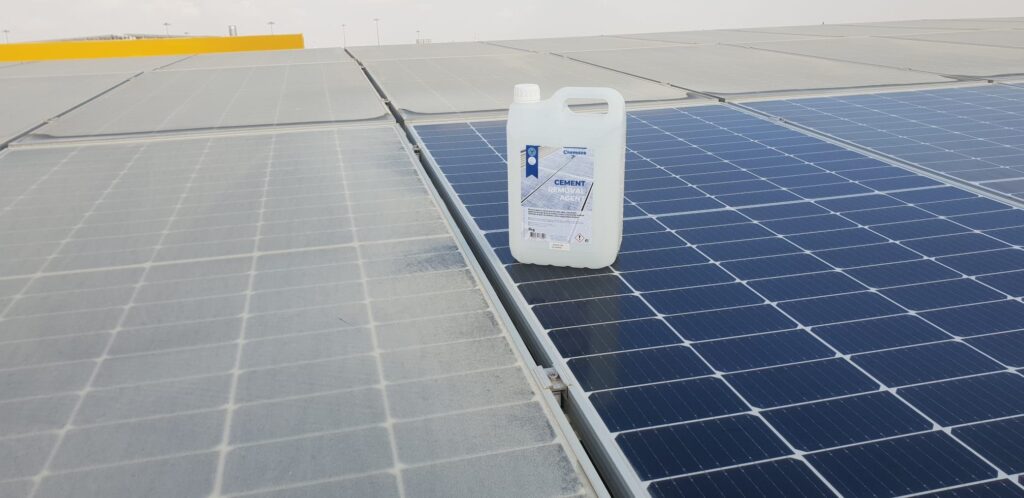
I. Commercial Solar Panel Cleaning Equipment Market Status and Pain Points
Efficiency Loss. Dust pollution causes 15%-30% efficiency reduction in photovoltaic panels (Middle East case study).
Labor Costs. Traditional manual cleaning accounts for 35% of power plant maintenance costs, with additional high-altitude operation risks.
Policy Drivers. The EU’s 2024 “Photovoltaic System Efficiency Standards” mandate large power plants to implement automated cleaning solutions.
Product 1: آلة تنظيف الألواح الشمسية الأوتوماتيكية
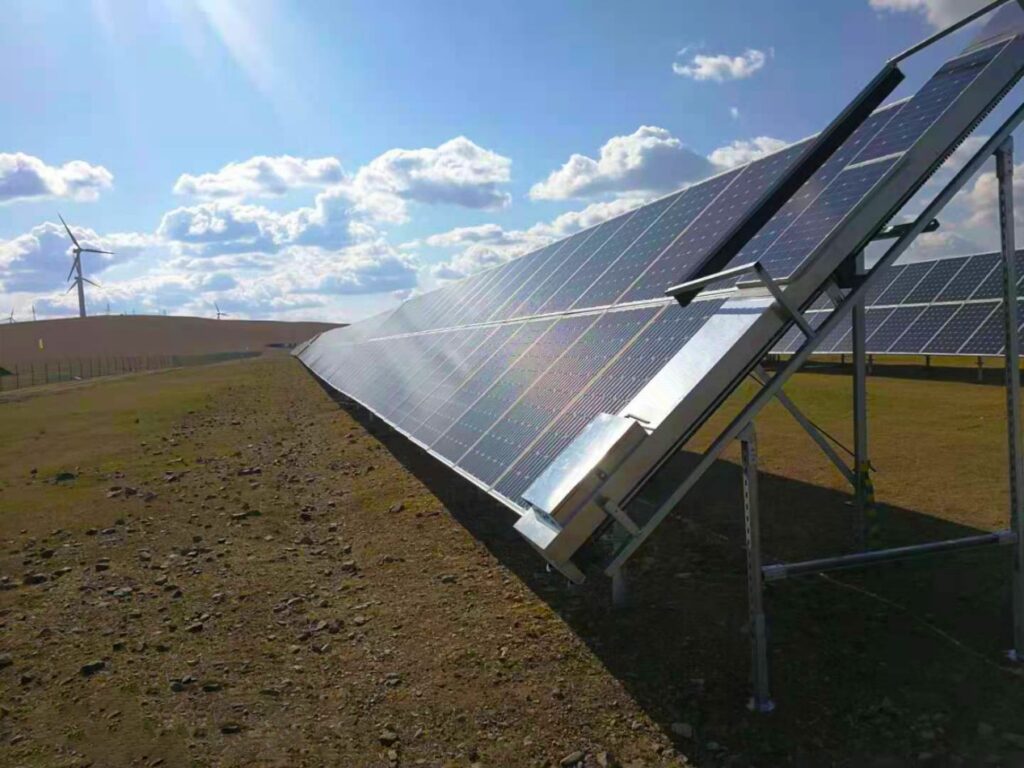
Core Features
- Unmanned, Waterless Operation
- Dry Sweep Technology: Utilizes ultra-flexible PA610 spiral brushes to remove 99% of dust without water, eliminating glass scratches and water-induced corrosion.
- Self-Cleaning Program: Post-task high-speed brush rotation automatically removes residual dust, extending brush lifespan.
- Intelligent Management
- Remote Control: Operate via IoT, App, or manual settings; generates real-time reports on cleaning schedules and robot status.
- Adaptive Cleaning: Adjusts brush speed (60–120 RPM) based on dust type and weather conditions.
- Robust Performance
- Extreme Environment Adaptability: Functions in temperatures from -30°C to 70°C with IP65 protection.
- Long-Range Coverage: Cleans up to 3,000 meters daily, ideal for large-scale solar farms.
Technical Specifications
| Parameter | Value |
|---|---|
| بطارية | 24V/16Ah (55W panel power) |
| Obstacle Climbing | ≤22° |
| Cleaning Speed | 12 m/min |
| Brush Material | Non-abrasive PA610 |
Product 2: Remote Control روبوت تنظيف الألواح الشمسية
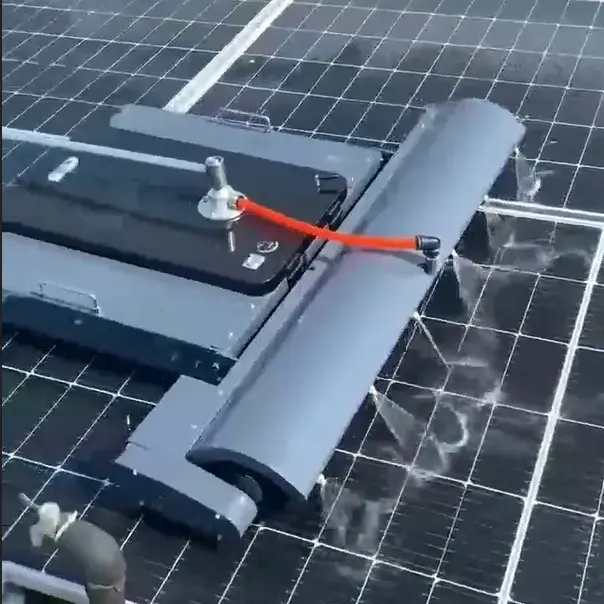
Core Features
- Versatile Cleaning Modes
- Dual-Function Design: Combines dry cleaning (0°–25° tilt) and water washing (0°–15° tilt), achieving 98% efficiency.
- Vacuum Suction & Ultrasonic Sensors: Ensures stable operation on uneven surfaces.
- Enhanced Safety & Efficiency
- Remote Operation: 4G-enabled control reduces electrocution risks and high-altitude hazards.
- Breakpoint Resumption: Automatically resumes cleaning after interruptions.
- Smart Maintenance
- Real-Time Diagnostics: Cloud platform alerts for faults; remote troubleshooting by technical teams.
- Work Log Tracking: Records operational data for performance optimization.
Technical Specifications
| Parameter | Value |
|---|---|
| Cleaning Capacity | 1,000 m²/hour |
| Weight | 15 kg (portable design) |
| Brush Length | 1,000 mm (dual-roller system) |
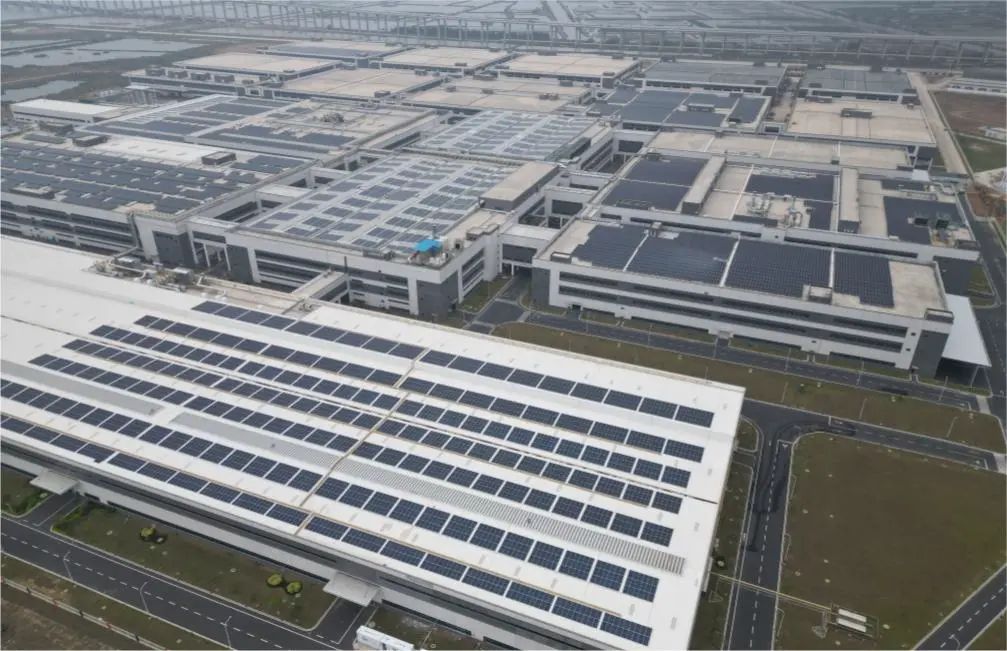
Why Choose These Commercial solar panel cleaning Systems?
- Economic Benefits
- خفض التكاليف: Eliminates 70% of labor expenses compared to manual cleaning.
- ROI Boost: Increases power generation by 10–65%, translating to higher revenue for solar farms.
- Environmental Sustainability
- Water Conservation: Dry cleaning saves thousands of liters annually, critical for arid regions.
- Energy Efficiency: Low-power components reduce carbon footprint.
- Safety & Reliability
- Zero Human Risk: Removes need for rooftop access; IP65 rating ensures durability in harsh climates.
- Future-Proof Technology
- Lifetime Software Upgrades: Continuous improvements via IoT integration and AI algorithms.
Market Applications
- Utility-Scale Solar Farms: Ideal for desert installations (e.g., Gobi Desert projects) with frequent sandstorms.
- Urban Rooftop Arrays: Compact robots suit densely populated cities with limited water access.
- High-Pollution Industrial Zones: Mitigates soot and chemical residue buildup on panels.
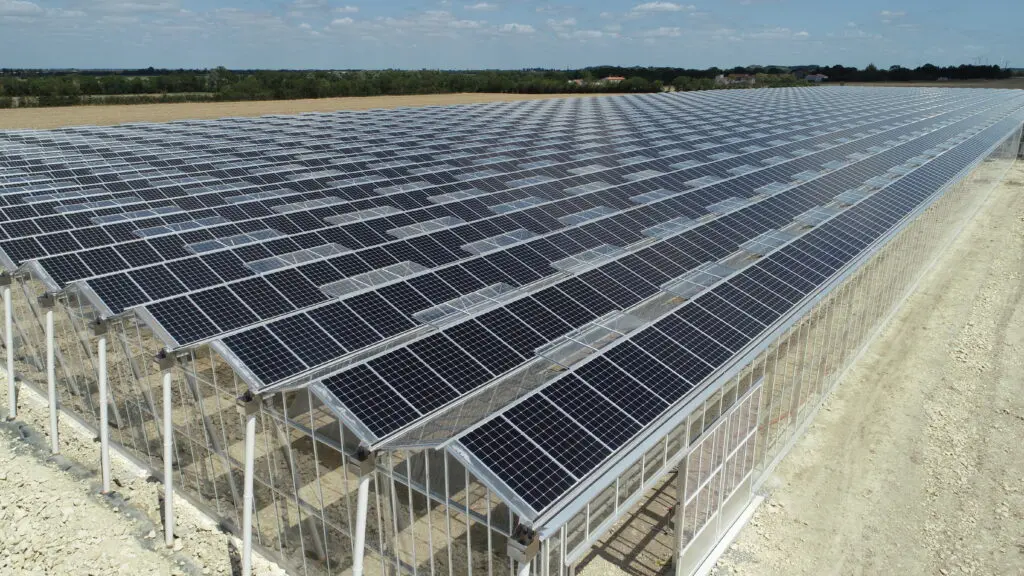
خاتمة
ال آلة تنظيف الألواح الشمسية الأوتوماتيكية و Remote Control Robot redefine solar maintenance by combining efficiency, intelligence, and sustainability. As solar energy becomes a cornerstone of global decarbonization, these innovations ensure panels operate at peak performance, delivering long-term economic and environmental returns. For solar farm operators and cleaning companies, adopting these systems is not just an upgrade—it’s a strategic imperative.